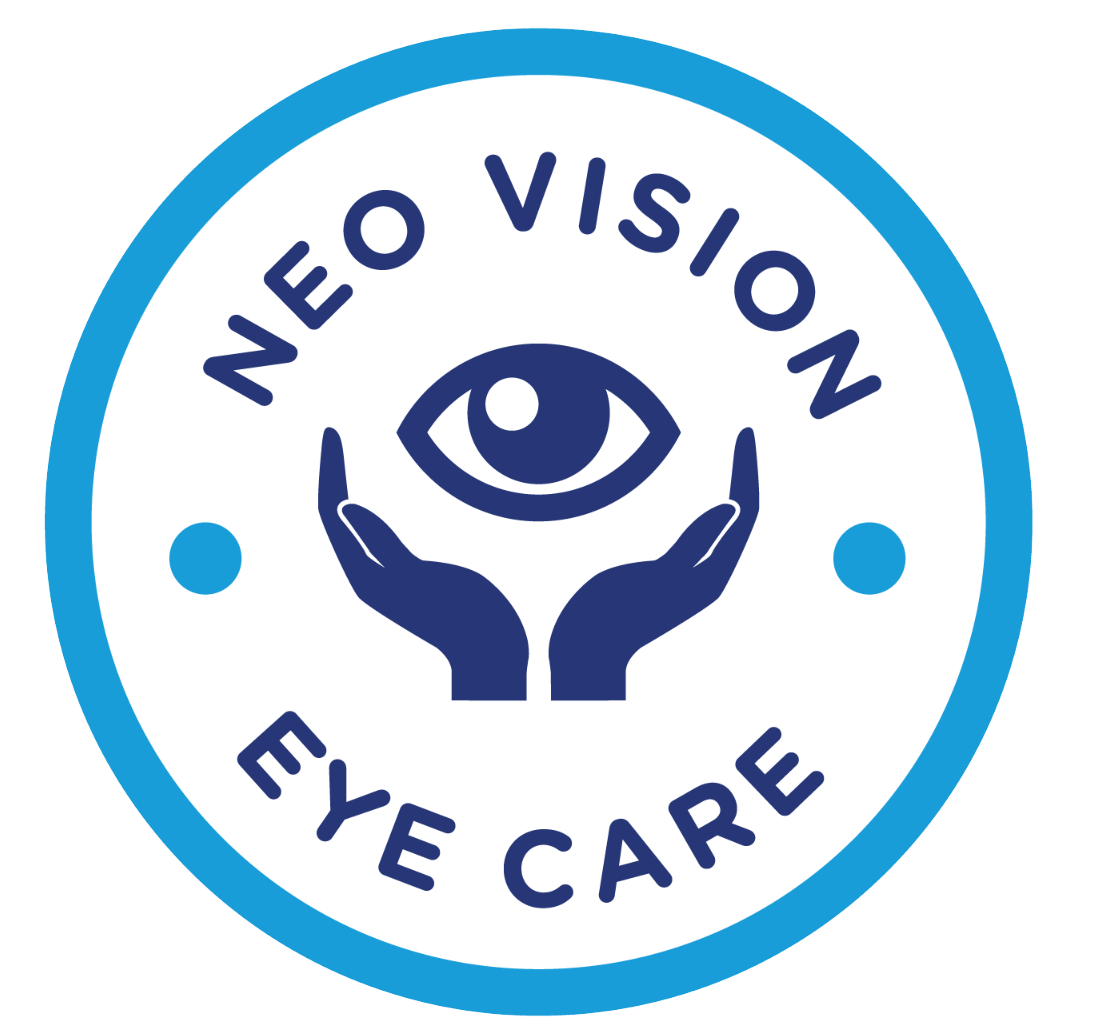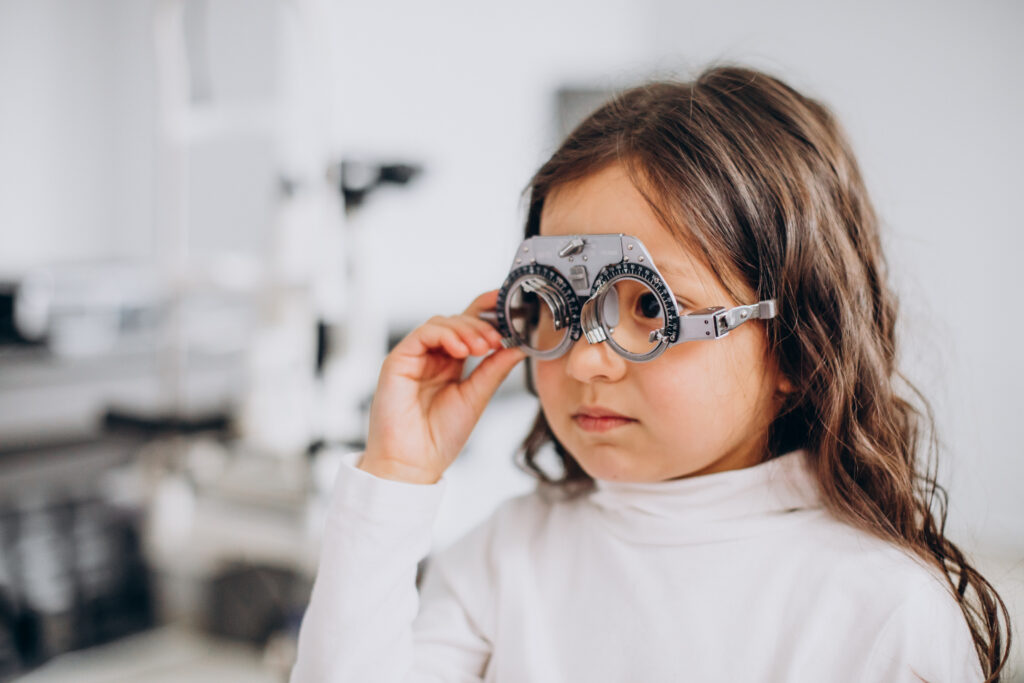What is Hyperopia?
Hyperopia, also called farsightedness, is a common eye condition. People with hyperopia see distant objects clearly, but close objects may look blurry. This happens when the eye focuses images behind the retina instead of on it. As a result, reading or doing close work can be hard. According to the World Health Organization, many people worldwide have some degree of hyperopia. However, not everyone needs treatment.
Causes of Hyperopia
Several factors can cause hyperopia. Most often, it is due to the shape of the eye. For example, the eyeball may be too short from front to back. Sometimes, the cornea (the clear front part of the eye) is too flat. Both of these make it hard for the eye to focus light correctly. In many cases, hyperopia runs in families. So, if your parents have it, you might too. Rarely, certain medical conditions or eye injuries can also lead to hyperopia.
Common Symptoms
Hyperopia symptoms can vary from person to person. Some people may not notice any problems, especially when they are young. But as people age, symptoms often become more noticeable. Common signs include:
However, if you notice these symptoms, it is important to get your eyes checked. Early detection can help prevent further problems.
How Hyperopia is Diagnosed
Eye doctors use several tests to diagnose hyperopia. First, they will ask about your vision and any symptoms. Next, they will perform a simple vision test using an eye chart. This helps measure how well you see at different distances. In addition, the doctor may use special tools to look at the shape of your eye. Sometimes, drops are used to widen your pupils for a better view. These steps help answer the question, “How is hyperopia diagnosed?” Regular eye exams are key, even if you do not have symptoms.
Treatment Options
There are several treatment options for hyperopia. The best choice depends on your age, lifestyle, and how severe your farsightedness is. Common treatments include:
However, not everyone is a good candidate for surgery. Your eye doctor will help you decide what is best for you.
Lifestyle Tips and Prevention
While you cannot always prevent hyperopia, you can protect your eye health. Here are some helpful tips:
In addition, teaching children good eye habits can help them avoid eye strain. Early care can make a big difference.
When to See an Eye Specialist
It is important to see an eye specialist if you notice changes in your vision. For example, if you have trouble seeing up close or get frequent headaches, make an appointment. Also, children should have regular eye checks, as early treatment can prevent learning problems. Remember, only a trained eye doctor can diagnose and treat hyperopia correctly.
If you have questions about your vision or need advice on hyperopia, consult an eye specialist for personalized advice on hyperopia.


